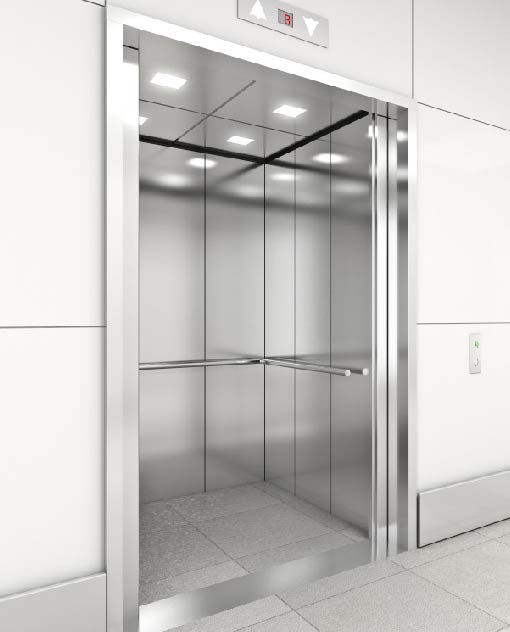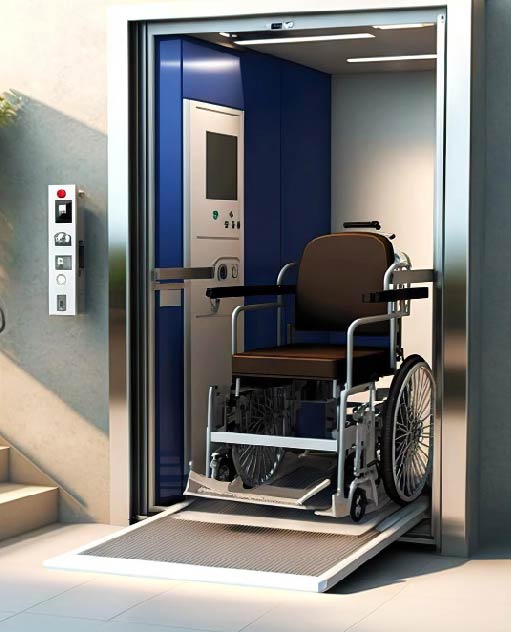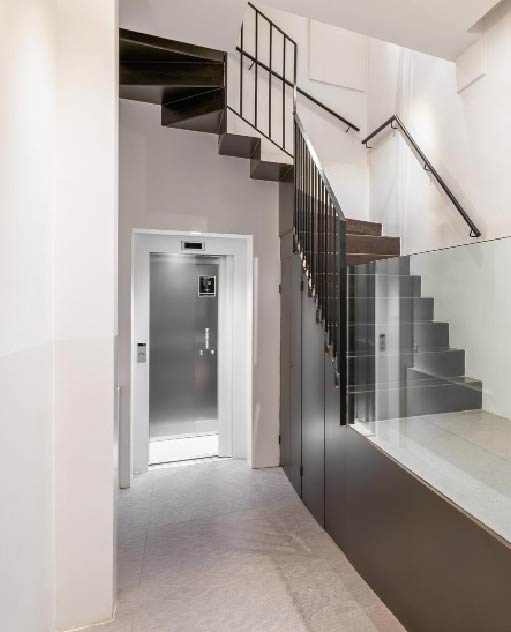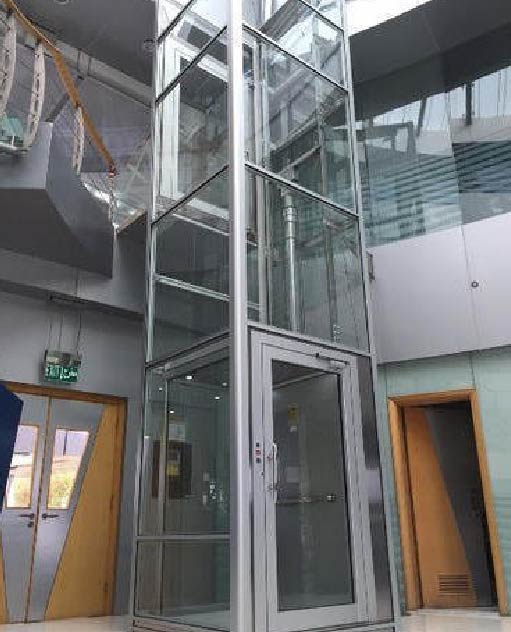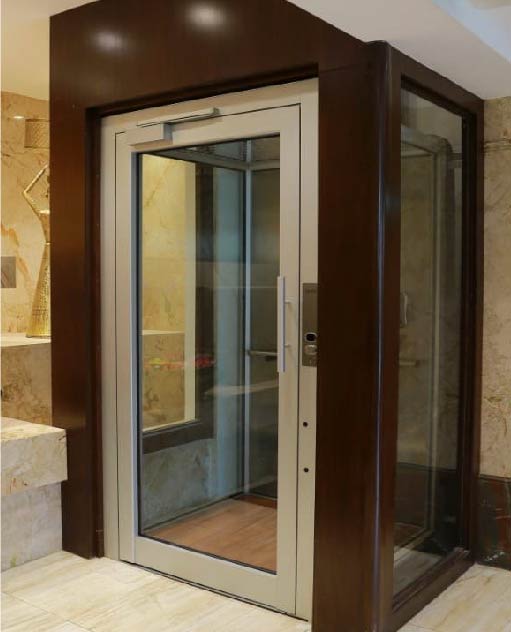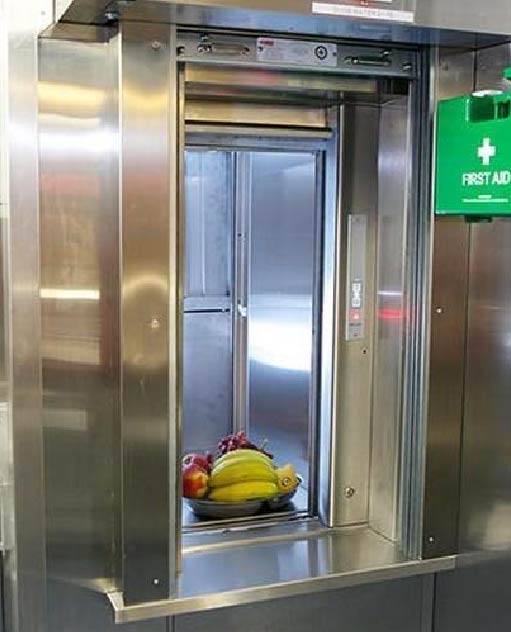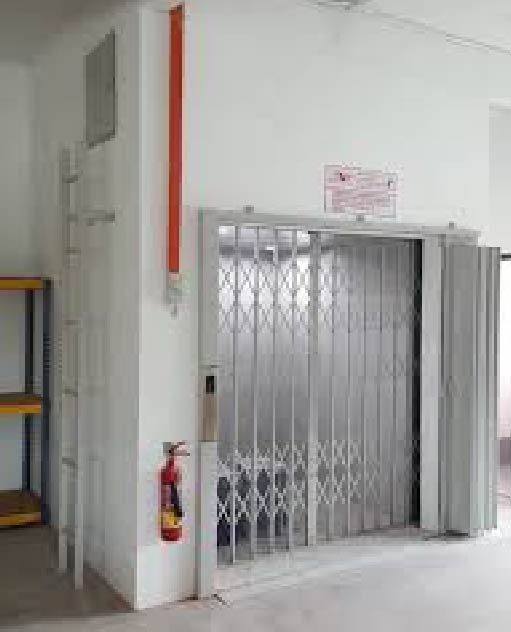A passenger lift is a type of elevator designed for transporting people between different levels of a building. It typically consists of a cab (elevator car), doors, control panels, and a lifting system that moves the cab along a guide rail. Modern passenger lifts come equipped with a range of safety features and can be customized to meet the specific needs of a building. They are commonly found in public and private buildings, including office towers, apartment buildings, and hotels.
